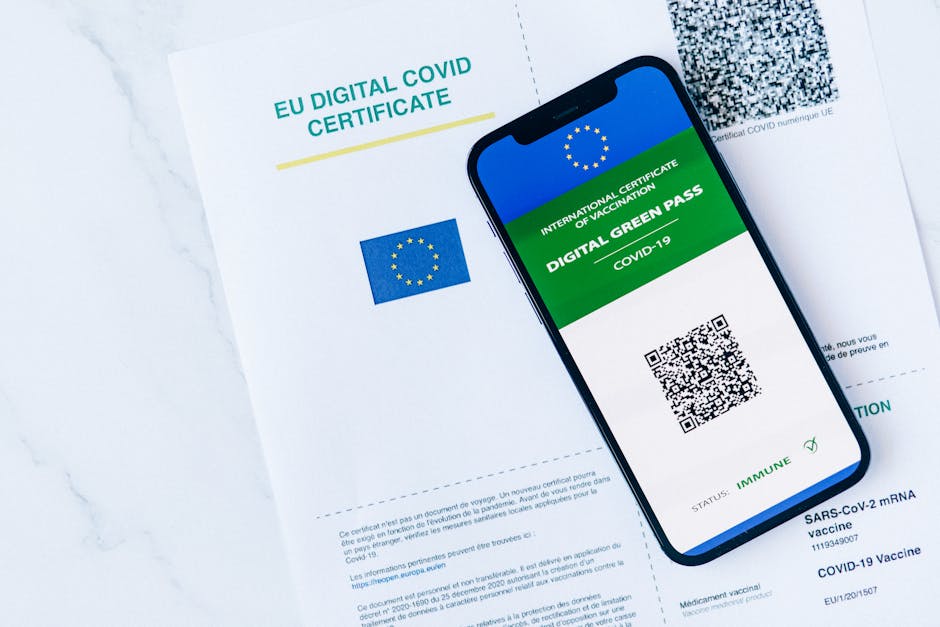Intelligent Data Security Software: Modern Solutions for Data Protection
When you hear the words "data security," what comes to mind? For many, it’s the image of passwords, firewalls, or perhaps even a complicated IT system in an office. But let’s break that down into something more tangible. Imagine your data as a treasure chest filled with valuable gems (personal information, financial records, work documents) all things you wouldn't want to lose or have stolen.

Now think about intelligent data security software as the guard dog and lock protecting that chest. It’s not just a static barrier; it adapts and learns from threats, staying one step ahead of potential intruders.
The Growing Need for Smarter Data Protection
Consider this: according to a report by IBM IBM, the global average cost of a data breach in 2023 reached $4.45 million. That’s not just big companies feeling the pinch; even small businesses and individuals are at risk. The sophistication of cyberattacks has grown immensely, moving beyond simple phishing emails to ransomware and targeted attacks leveraging artificial intelligence (AI). Traditional methods of protection (think antivirus programs or basic firewalls) can’t always keep up.
Here’s where intelligent software steps in. Unlike static security measures, these solutions analyze patterns, detect anomalies, and respond in real time. They can spot when someone’s trying to break into your “treasure chest” before any damage is done. It’s like having a security camera that not only records activity but actively stops intruders from entering.
How Does Intelligent Data Security Software Work?
If you’re wondering how this software pulls off such feats, let me break it down. At its core, intelligent data security leverages AI and machine learning to understand and predict threats. Here’s a simplified analogy: imagine training a dog to recognize friendly faces versus strangers. Over time, the dog learns patterns (who belongs in your home and who doesn’t) and reacts accordingly. Similarly, intelligent software learns normal behaviors within your system and flags anything unusual.
- Behavior Analysis: Think of this as learning your daily routine. The software tracks how data moves within your system, who accesses files, at what times, and from which locations. When something looks off (like access attempts from an unusual country), it sends an alert or blocks access altogether.
- Threat Intelligence: Cyber threats often leave behind clues, much like fingerprints at a crime scene. Intelligent tools collect these “fingerprints” from past breaches and use them to identify similar threats in real time.
- Automated Response: Unlike traditional systems that might wait for human intervention, intelligent solutions act immediately. If ransomware is detected, They can isolate affected areas to prevent further damage.
This blend of automation and adaptability makes intelligent data security software more than just a tool, it’s an active participant in safeguarding your information.
Real-World Applications You Can Relate To
You don’t have to be a tech giant like Google or Amazon to benefit from advanced data protection systems. Let’s look at how everyday scenarios can benefit from this technology:
- Personal Devices: Ever get an email warning you about suspicious login activity on your social media account? That’s intelligent security at work. Platforms like Gmail use AI-driven systems to monitor login attempts and flag any that seem unusual.
- Small Businesses: Picture a local bakery managing customer orders through an online system. If hackers try to infiltrate their database for credit card info, intelligent software can detect the abnormal activity and shut it down before any harm is done.
- Healthcare Systems: Hospitals are gold mines for hackers because they store sensitive patient information. Intelligent systems protect these records by monitoring access logs and encrypting data in real time.
The beauty of these solutions is their scalability, they can be tailored to fit individual needs or scaled up for enterprise-level protection.
The Challenges Worth Addressing
No solution is perfect, and intelligent data security software isn’t immune to challenges. One common concern is privacy. When a system monitors behavior so closely, some worry it might overstep boundaries or misuse collected data. Would you feel comfortable knowing that software tracks every file you open or edit? While companies stress that this monitoring is purely for security purposes, transparency remains vital in building trust with users.
Another hurdle is cost. Advanced solutions often come with a hefty price tag, putting them out of reach for smaller operations or individuals on tight budgets. Yet the counterargument here is simple: what’s the cost of doing nothing? A single breach could wipe out years’ worth of savings or business growth.
The good news is that many providers now offer flexible pricing models or freemium options with basic features to make these tools accessible to more people.
The Path Forward: Making Data Security a Priority
If there’s one thing we’ve learned from recent headlines about massive data breaches affecting millions, it’s that no one is completely immune, not individuals, small businesses, or large corporations. But instead of viewing this as doom and gloom, think of it as an opportunity to take control of your digital life.
A good starting point is researching solutions that align with your specific needs. Are you looking for something to secure personal files on your laptop? Or perhaps you're running a business and need broader protection across multiple devices? Take advantage of trial periods offered by many providers, it’s like test-driving a car before making a purchase.
Next comes education. A tool is only as effective as its user allows it to be. Familiarize yourself with how your chosen software works and make sure everyone in your household or company understands basic cybersecurity practices, things like recognizing phishing emails or setting up strong passwords go hand-in-hand with any software solution.
The reality is that while technology keeps advancing (and yes, so do threats), modern tools have made protecting ourselves easier than ever before. It all starts with taking that first step, recognizing the value of what you’re protecting and investing in measures that truly safeguard it.
